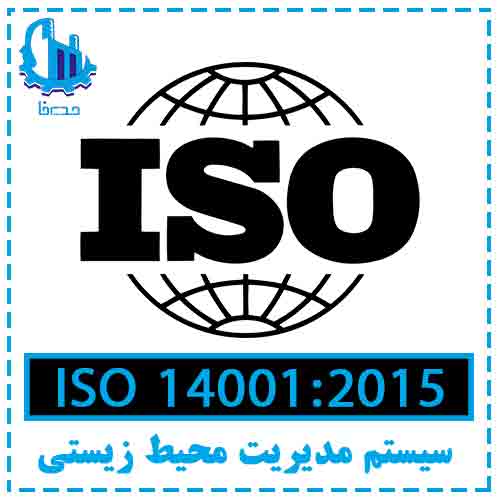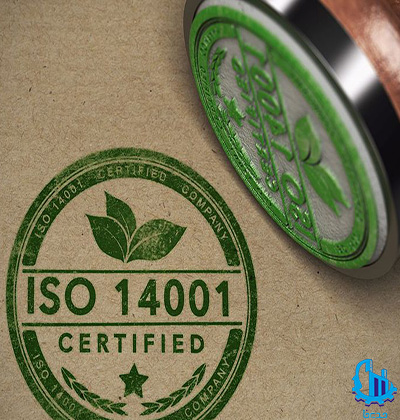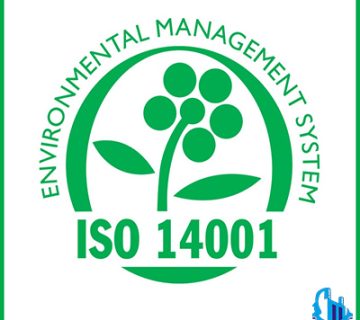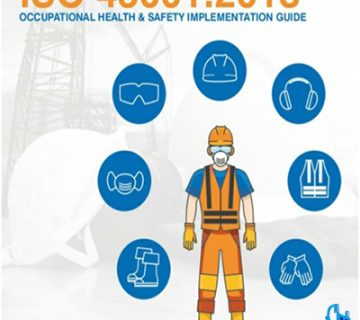
ISO14001 standard
By implementing the ISO 14001 standard with the help of an expert consulting company, organizations demonstrate their commitment to continuous improvement and reduction of environmental impacts. By obtaining the ISO 14001 certificate, you can significantly improve your trading position when participating in public and private green procurement tenders. As stakeholders become widely aware of environmental issues, ISO 14001 certification helps your brand stand out from other organizations as an organization that has implemented the requirements of the environmental standard.
Companies that implement the ISO14001 standard aim to minimize waste, from materials to energy consumption, throughout the entire supply chain, thereby reducing costs. It goes beyond showing that your organization is committed to sustainability. ISO14001 certification may reduce the risk of regulatory and environmental obligations.
Benefits of implementing the 14001 standard
Improve your business reputation – By assuring customers that you are committed to effectively managing your environmental impact, you can improve your image and market share while maintaining your public image and improving community relations.
Improved Cost Control – One of the improvements that all companies are looking for is cost reduction. The environmental management system can help in saving energy and input materials
Evidence-based decision-making – By making sure you use accurate data to make improvement decisions, you can greatly increase the chances of success with your improvements instead of having multiple failed attempts the first time. With
Create a culture of continuous improvement – With continuous improvement, you can take a systematic approach to better processes and reduce environmental impact so you can improve your public image and potentially reduce your costs.
Engage Your People – By engaging your employees in a group effort to reduce your environmental risk footprint, you can increase employee engagement and retention.
ISO 14001 standard implementation steps
Before implementing any standard, be sure to use an expert and experienced consulting team in your organization
1) Get Management Support – Management support is very important. Without this support ISO 14001 implementation will almost certainly fail. To convince your management, you need to sell well and you need to convince the manager of your organization that ISO 14001 is a good idea.
2) Identify Legal Requirements – Ensuring that you have identified the legal and other requirements for your environmental management system is another important step in ensuring your success in implementing the 14001 standard.
3) Define the Scope of Your Environmental Management System – You must define the scope of your Environmental Management System to ensure that there is a limit to what needs to be done. This will help prevent areas of your business from entering areas that may not have an impact on the environment.
4) Define the methods and processes of your environmental management system – these will include the processes and procedures that you consider necessary as necessary and consistent outcomes when preventing negative environmental impacts and responding to emergencies. .
5) Implement ISO 14001 procedures and processes – Since not all processes require procedural documentation, it is important to decide which ones should be documented to prevent environmental damage.
6) Training and Awareness – Employees should be trained on what ISO 14001 is and why you are doing it.
7) Choosing a certification company – The certification body is the company that will be brought in at the end of the project to audit your environmental management system processes to meet the requirements of ISO 14001, as well as whether the system is effective and continuously improving. It is better to consult with your organization consultant to choose your certification organization because this can be a very important step in the effectiveness of your implementation.
8) performance of the environmental management system; Measuring and keeping records shows that processes are effective and that improvements are made to your EMS if necessary. Certification bodies identify specific time periods for audits to ensure that system documentation adequately complies with the requirements of the ISO 14001 standard.
9) Internal Audits – Standard and certification body requirements require you to review any internal procedures before entering into a certification audit. This gives you a chance to make sure the processes are doing what you planned, and if not, you’ll have a chance to fix any problems you find.
10) Management Review – As much as management support is important for implementing ISO 14001, management involvement in the ongoing maintenance of the EMS is important. To ensure that processes are adequately resourced for effectiveness and improvement, management needs to review identified data from EMS activities and react appropriately to that data.
11) Corrective Actions – To fix problems and improve the system, you must use corrective actions to find the root cause of any problem and take necessary actions to eliminate the root causes.
12) Certification audit – Here the certification company reviews your documents and evidence to confirm that you have met all the necessary requirements of the ISO 14001 standard.
Conclusion:
ISO 14001 focuses on improving environmental performance rather than improving the management system. The standard of environmental management systems emphasizes leadership interaction and the need to understand the context of ISO 14001 for better risk management and promotion of environmental management.
Have you implemented the ISO 14001 standard in your organization? What problems and obstacles did you face? Share your experiences and problems with the team of Modirfa consultants.
Also, dear ones, you can contact the advisors of Modirfa to get free advice on the implementation of the ISO14001 standard.
02188764867-02188761795






No views